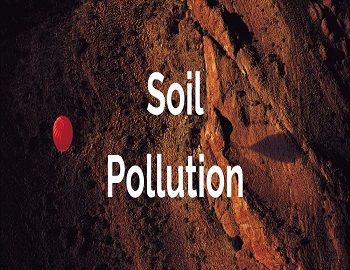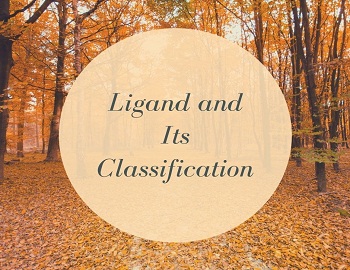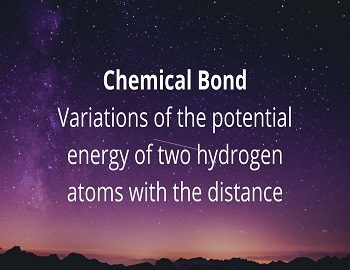Energy from Producers flows through various Trophic Levels:
The energy flows from the producer to the successive orders of consumers in only one way and it cannot be transferred in the reverse direction. Second, the amount of energy flow decreases with successive trophic levels. Producers capture only a small fraction of solar energy (1-5% of total solar radiation) and the major portion of unutilized energy is dissipated mostly as heat. The energy that is captured is used for the maintenance of their standing crop (respiration) and for providing food to herbivores. The unutilized net primary production is converted to detritus, which serves as an energy source for decomposers. Thus, energy actually used by the herbivores trophic level is only a small fraction of energy captured at the producer level i.e. approximately 10% of gross productivity of producers.
The energy assimilated by the herbivores is used in respiration and a fraction of unassimilated energy is transferred to decomposers. The remaining herbivores level energy is either utilized by the carnivores or gets transferred to decomposers after the death of herbivores. Again, only a small fraction (about 10%) of herbivore productivity is used to support carnivore productivity and so on for the next trophic levels.
The respiration cost also increases sharply with successive trophic levels. On average, the respiration of producers consumes about 20% of its gross productivity. Herbivores consume about 30% of assimilated energy in respiration. The proportion of assimilated energy consumed in respiration rises to about 60% in carnivores.









Comments (No)